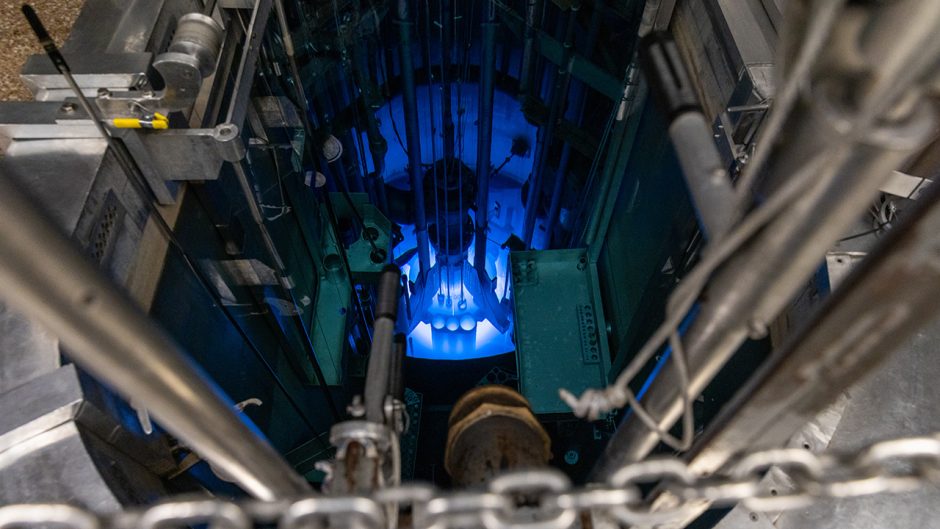Feb. 2, 2022
T-bone steaks, $7.99/pound! Laundry detergent $19.99! SUVs starting at $26,999!
As consumers, we’re so used to the “.99” price-tag suffix that we might seem to practically ignore it. But one researcher at the University of Missouri Trulaske College of Business set out to see if the age-old pricing tactic actually affects buyer behavior.
Using cutting-edge biometric research technology that tracks eye movement and analyzes facial expression, assistant professor of marketing, Brady Hodges, studied how consumers perceive .99-ending prices.
Historically, some experts have argued that consumers tend to focus on the left digits, rounding the .99 down (e.g., viewing $18.99 as $18). Others said consumers pay attention to the .99, rounding the price to its nearest whole number, perceiving the small difference as a discount, or even associating the .99 ending with an “on sale” or low-price appeal (e.g., viewing $18.99 as $19).
Here are Hodges’ key takeaways :
- Consumers respond more favorably to prices that they mentally encode as a “fluent number,” or numbers that are familiar. Examples of fluent numbers include 16, 18 and 20 (in contrast to 13, 17 and 19, which are less fluent).
- Highly numerate consumers (those who are more comfortable with numbers) tend to round 99-ending prices up, while less numerate consumers tend to drop the .99, focusing only on the left digits.
- Store managers should customize their prices based on their target consumer population to maximize consumer price response.




![062625_CEI Aerial View_email-cropped[29] (1)](https://showme.missouri.edu/wp-content/uploads/2025/06/062625_CEI-Aerial-View_email-cropped29-1-940x529.jpg)
